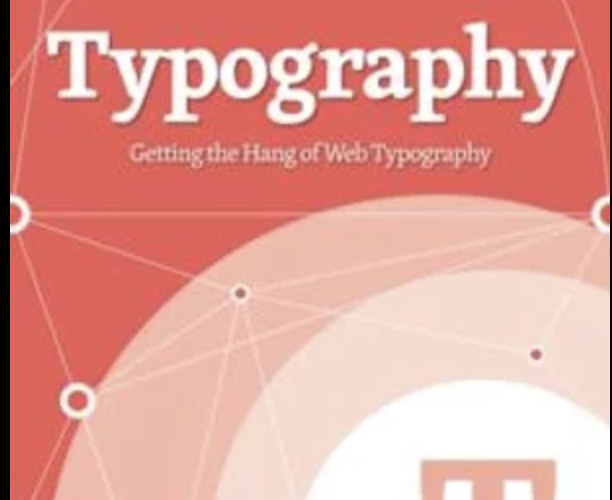Typography is an art form that extends beyond the boundaries of print media into the realm of ebooks and digital publishing. In the digital age, where content consumption occurs primarily on screens of various sizes and shapes, the role of typography in enhancing readability and conveying a message has become more critical than ever before. This article explores the significance of typography in ebooks and digital publishing, its impact on the reading experience, and best practices for achieving optimal typographic results.
The Importance of Typography
Typography is not just about choosing fonts; it encompasses the design and arrangement of text elements, including font selection, spacing, line height, alignment, and more. In ebooks and digital publishing, typography serves several crucial functions:
- Readability: The primary objective of typography is to make content easy to read. Well-chosen fonts and proper formatting can significantly enhance the reading experience, reducing eye strain and fatigue.
- Brand Identity: Typography contributes to establishing a brand’s visual identity. Consistent use of fonts and styles helps create a recognizable and cohesive brand presence across digital platforms.
- Emphasis and Hierarchy: Typography guides readers through the content by indicating headings, subheadings, emphasis on keywords, and the flow of information. Proper hierarchy ensures that readers can quickly grasp the structure of the text.
- Engagement: The right typography can engage readers emotionally and intellectually. It can set the tone, convey mood, and make content more appealing.
- Responsiveness: Given the multitude of devices and screen sizes used for reading digital content, responsive typography ensures that the text remains legible and aesthetically pleasing across various platforms.
Best Practices for Typography in Ebooks and Digital Publishing
- Font Selection: Choose fonts carefully. Opt for legible, web-safe fonts that render well on various devices. Serif fonts like Times New Roman or Georgia are suitable for long-form content, while sans-serif fonts like Arial or Helvetica work well for digital interfaces.
- Font Size: Font size should be large enough to ensure readability but not so large that it disrupts the flow of text. A range between 12-16 points is generally recommended for body text.
- Line Spacing (Leading): Adjust line spacing to enhance readability. A line spacing of 1.5 times the font size (1.5x) is a common guideline for digital content.
- Line Length: Optimal line length typically falls between 50-75 characters per line. This prevents readers from losing their place while reading and improves comprehension.
- Alignment: Left-aligned text is the standard choice for digital content as it ensures smooth reading. However, center-aligned or justified text can be used for specific design purposes, but they may require additional attention to spacing and hyphenation.
- Use of Emphasis: Employ bold, italics, and different font weights to emphasize key points, headings, and subheadings. Avoid overusing these elements, as it can lead to visual clutter.
- Consistency: Maintain consistency in font choices, styles, and formatting throughout your digital publication. This promotes brand identity and ensures a cohesive reading experience.
- Responsive Design: Test your typography across various devices and screen sizes to ensure readability and aesthetics are preserved. Use scalable fonts and responsive layouts to adapt to different screens.
- Accessibility: Prioritize accessibility by choosing fonts that are legible and adhering to guidelines like WCAG (Web Content Accessibility Guidelines). Use proper contrast ratios and provide alternative text for non-text content.
Conclusion
Typography plays a pivotal role in ebooks and digital publishing, significantly impacting the reader’s experience and a brand’s identity. A well-considered typographic approach not only ensures readability but also contributes to engagement and a positive impression. By adhering to best practices, understanding the nuances of typography, and embracing responsive design, publishers can harness the power of typography to create compelling and accessible digital content that resonates with their audience in the ever-evolving digital landscape.
